Your Black Friday/Cyber Monday sales could be better
In this episode, we dive into what marketers may get wrong when running digital ads for major sales events like Black Friday and Cyber Monday (BF/CM). From poor planning...
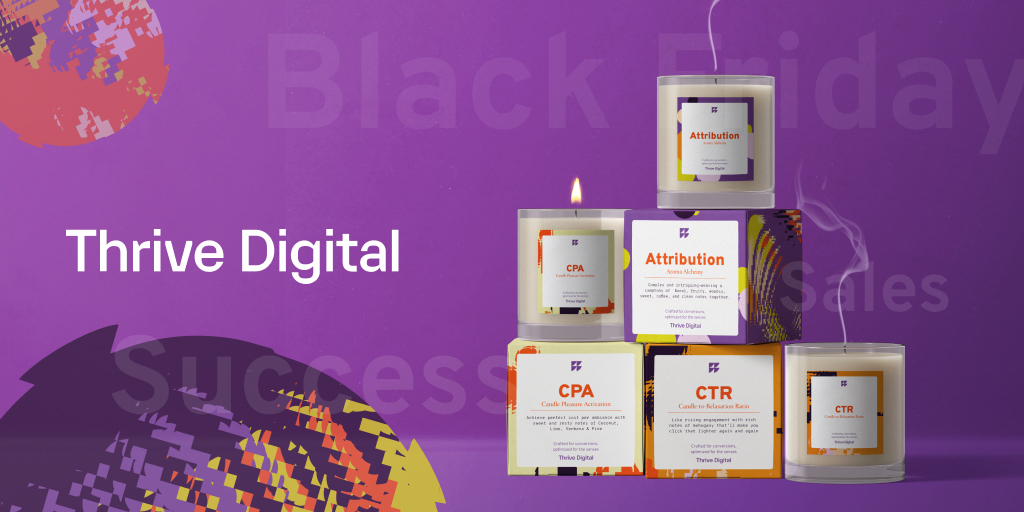
TL;DR There are 10 steps that Thrive often uses with our B2C and e-commerce clients to ensure a successful sale period. These steps are:
1) Optimize your creative by testing two distinct themes using A/B testing to determine a winner
2) Utilize influencers to drive sales
3) Make use of dynamic ads with sales messaging
4) Sales copy should have urgency messaging like, “buy now”
5) Make sure your Google product feeds are using the sale price field
6) Optimize Performance Max by making sure all assets have sales copy and images
7) Leverage sales messaging by pinning copy to one of the top three headline spots
8) Use promotion extensions across as many applicable campaigns as possible
9) Determine optimum spend levels using historical data
10) Utilize existing audience data to target previous buyers
Sale periods like Black Friday and Cyber Monday (though we’ll just combine them and call the whole long weekend Black Friday for the sake of brevity) are some of the most critical events for a brand’s profitability each year. But they can also be one of the most crowded, and expensive, times of the year for advertising.
At Thrive, we have years of experience working for some very large brands during some very high traffic, high conversion sale periods so we’re here today sharing our wisdom. If you want to have your best Black Friday yet, keep reading.
A quick note before we dive in: as thorough digital marketers, this process is ever evolving. The tactics here reflect our most recent process and see strong success but maybe keep this blog bookmarked as we’ll update it as our methods do.
We like to run A/B tests over the first 2-3 days of any large scale promotional period to measure performance differences between two creative themes. For instance, running creative featuring percentage off vs creative featuring the discount shown as a dollar amount.
After we’ve conducted that test, the winning creative gets heavily rolled out across the social channels. While there may be a slight loss in initial conversions, the negative top-line performance impact of the A/B test is accepted for the first couple days of the test to ensure:
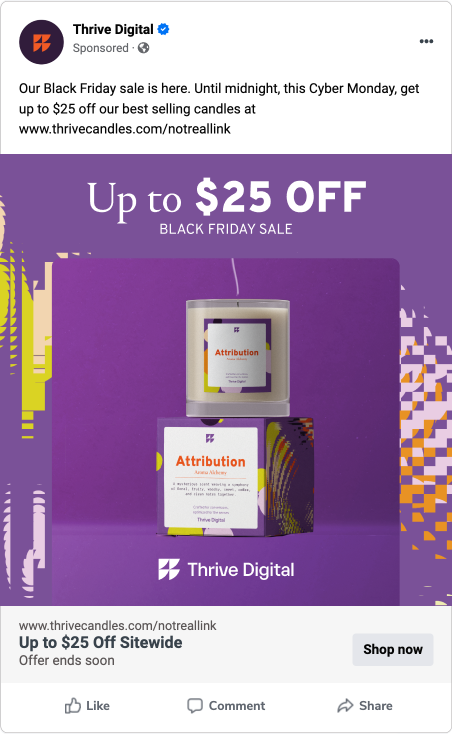
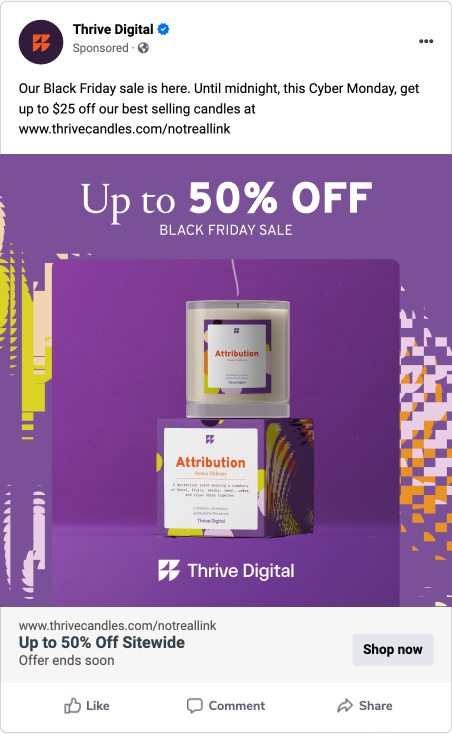
Leveraging influencers has been key to some of our B2C client’s sales strategies. As an example, we saw one client using influencer ads achieve a 39% higher ROAS vs typical regular ads for their 2022 Black Friday sale.
One particular tactic we’ve had success with when working with influencers? Whitelisting. This is where the influencers give your brand permission to their social accounts so you can use their handle for your ads. The main benefit here is accessing new audiences that follow the influencers pages but might not be targeted within traditional advertising. Another great benefit of running paid ads on their accounts is higher engagement rates. Online audiences have higher confidence in the product if it’s backed by someone they trust.
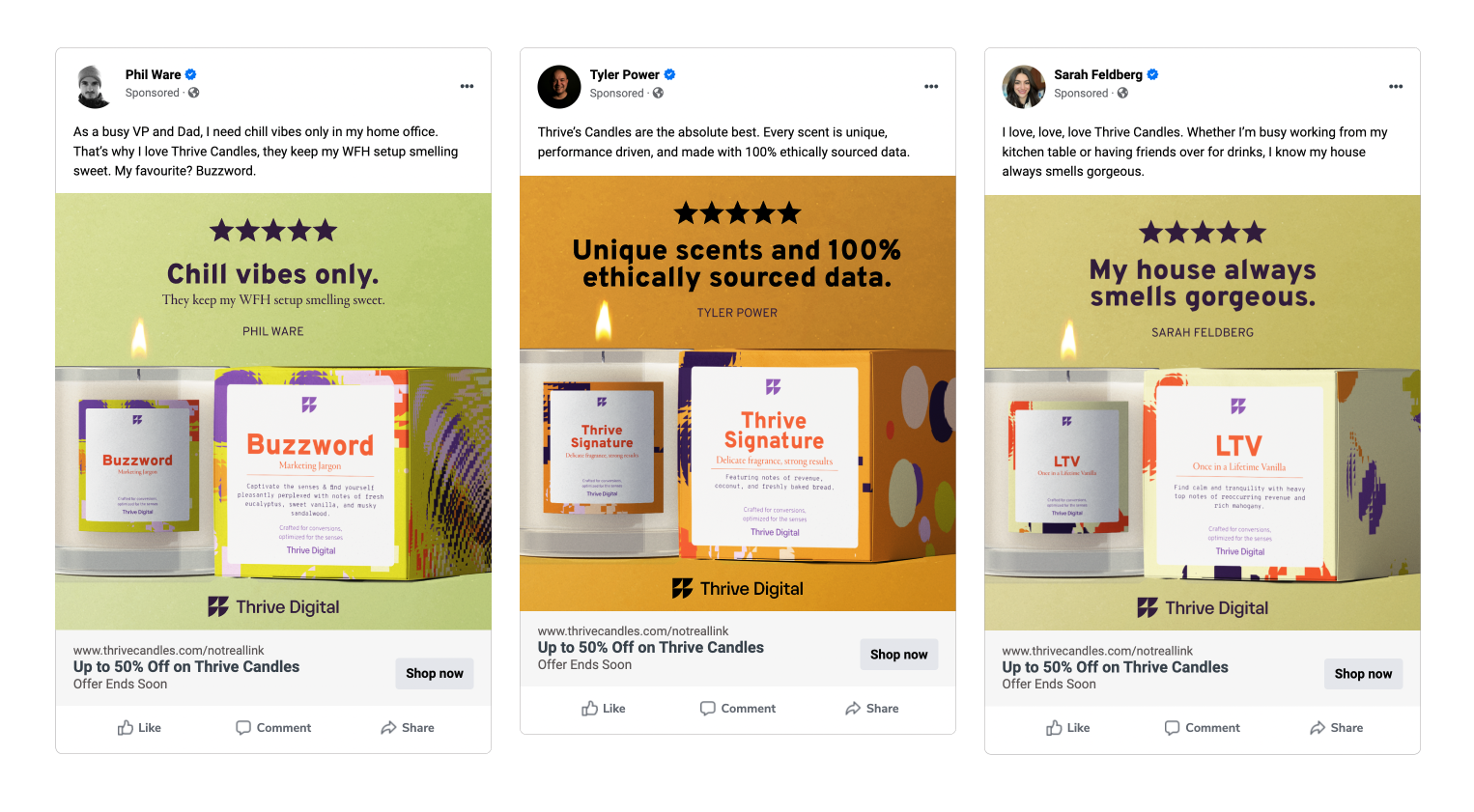
Especially for B2C or e-commerce brands, dynamic ads can be great all year long but updating them specifically for sale periods, like Black Friday, can have impressive results.
How do we do it?
Why is this important?
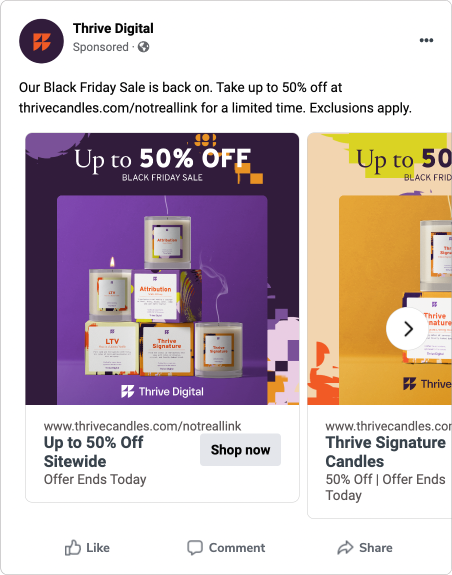
This is conversion copy 101 here but it’s worth reiterating as it really does make a difference. Using urgency messaging throughout a sale period helps drive users to make a purchase that they might otherwise wait on. Here are some examples:
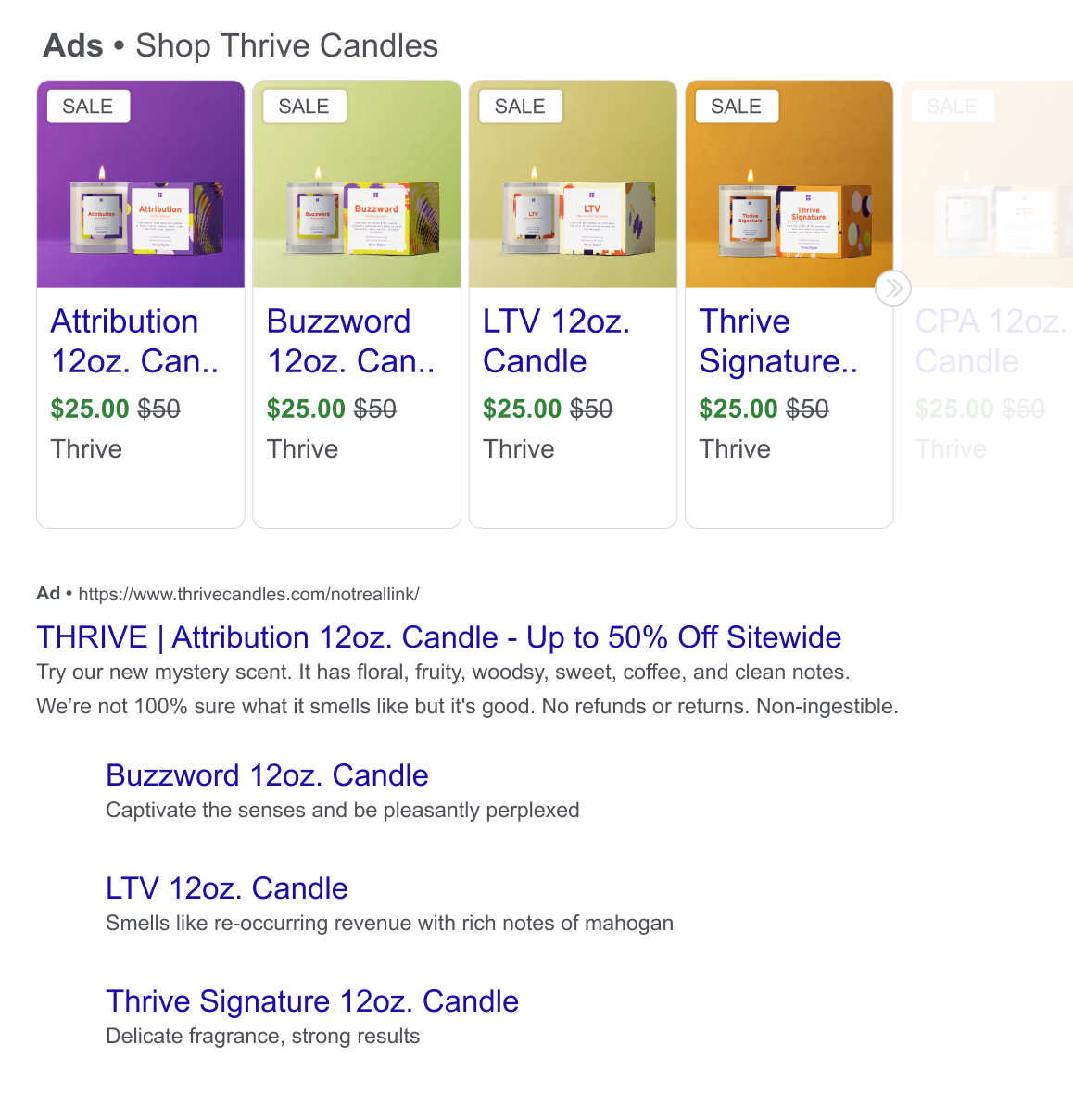
The most important aspect of a sale period on Google is to make sure that the discount label (or annotation as it’s often known) is correctly added to all the relevant products. This has a massive impact on click through rating (CTR) and can result in a high revenue opportunity cost if it is not showing.
Google will automatically add in a sale annotation if it recognizes that a product has a large price reduction compared to what has been logged in the recent past for that SKU. For our clients, we also add a supplementary feed by using the following fields:
This method allows for very granular mapping of sale prices without having to rely on complicated in-platform rules.
When we think about optimizing asset groups for Performance Max, we break it down into two approaches based upon the types of sale assets that are available.
1. When you have multiple Performance Max assets and copy with sale messagingWe really make sure our sales messaging is fully leveraged by using that copy in one of our top three headline spots. Pinning is important to ensure sale messaging is visible in as many search results as possible, helping drive CTR and volume.
Google promotion extensions are a feature in Google Ads allowing advertisers to showcase special offers or promotions directly within text ads. These extensions provide additional information about the promotion, such as the type of offer and the duration.
Promotion extensions are great to drive further reach. We recommend using them across as many applicable campaigns as possible.
If you follow these steps, your website should have a strong presence on search engine results pages (SERPs), giving your audience a better opportunity to notice the sale messaging and increases the chances of them making a purchase on your site.
Often our clients provide us with a target revenue for the sale period. We then forecast the spend required to hit revenue target, here’s how:
Historical data is used to determine optimum spend levels. Using the previous years data, we find the demand curve on major days by looking at spend levels and sitewide efficiency to see where we could have been more or less aggressive.
Target users with sale messaging who have interacted with your brand previously. Identify these users through cookies or their first party data and create custom audiences in ad platforms.
These audiences can be valuable in bringing users back to the brand and to generate incremental revenue.
Some audiences we often utilize and find success in:
Bonus: You can also create similar audiences / look-a-like audiences based on these users for acquisition purposes.
You’ll notice these steps have two main things in common:
To really have your best Black Friday yet, keep track of this year’s data to reference next year and play around with controlled variables. Curiosity is one of your most valuable traits as a marketer. Or better yet? Work with a trusted partner like Thrive to get it right. We’d love to chat! Reach out at hello@thrivedigital.com.
In this episode, we dive into what marketers may get wrong when running digital ads for major sales events like Black Friday and Cyber Monday (BF/CM). From poor planning...
We’ve handled billions of ad dollars on the Google platform alone for our clients so it might not surprise you to learn that:A) we’re deeply invested in what the future...
 Chris Erickson
Chris Erickson